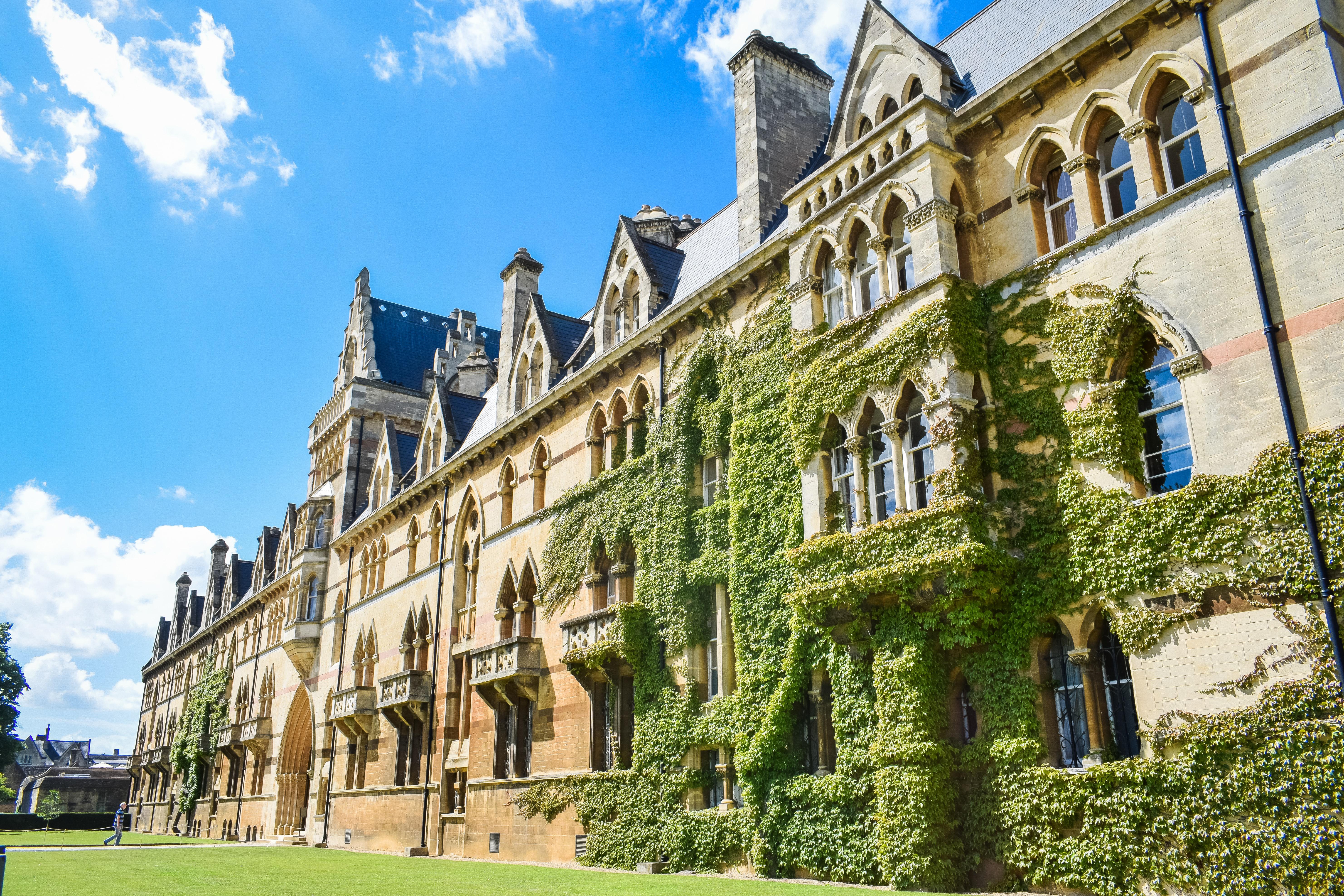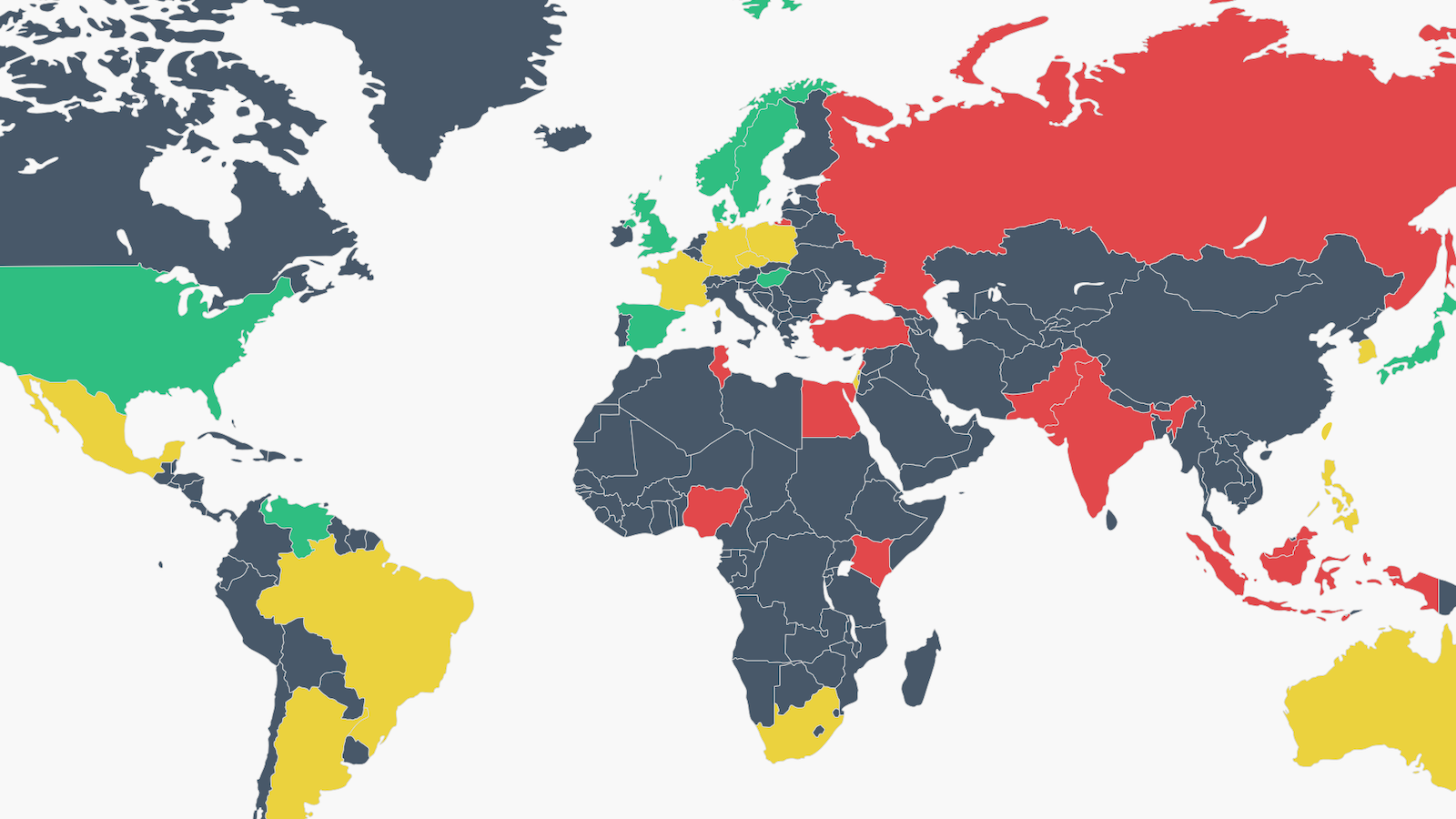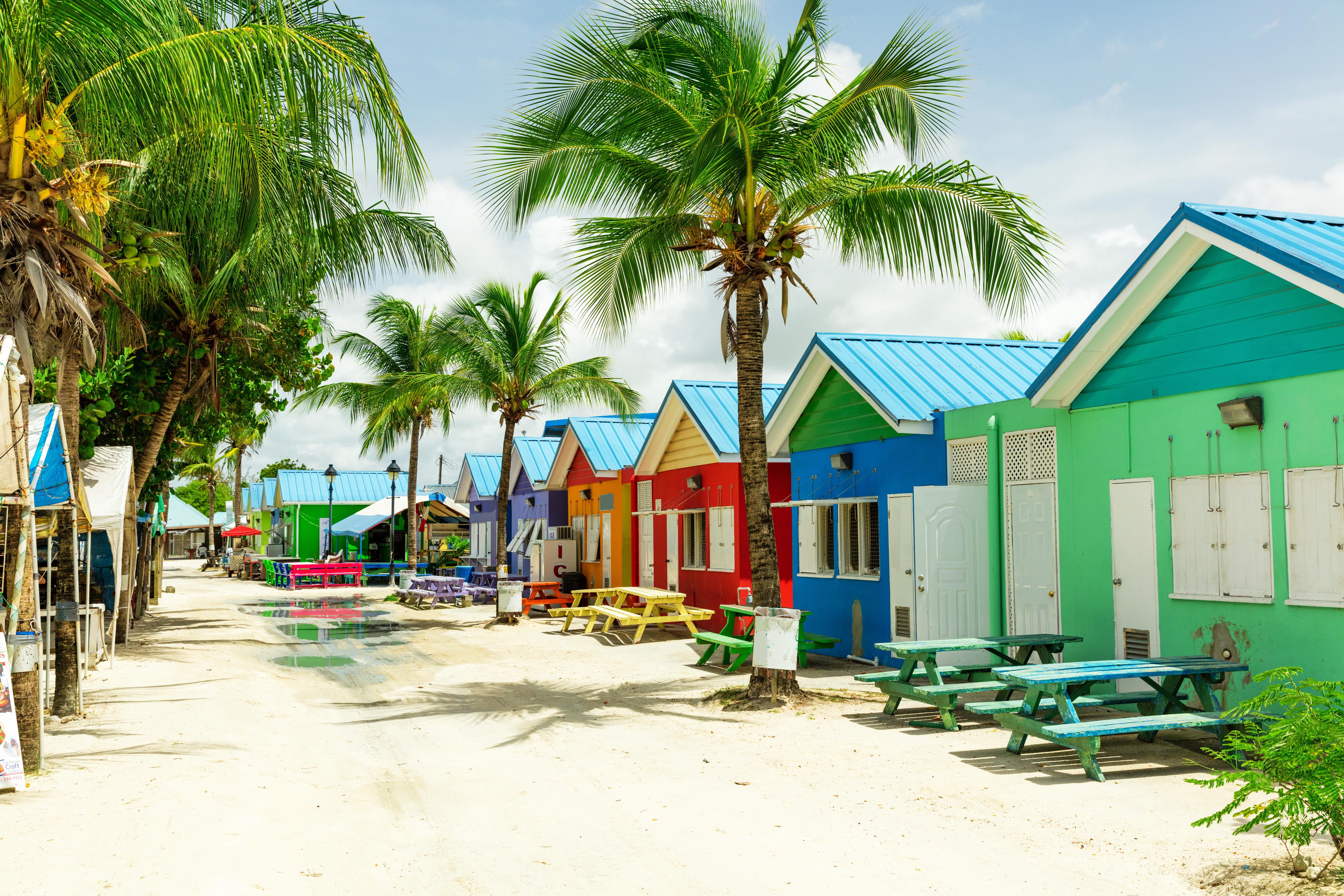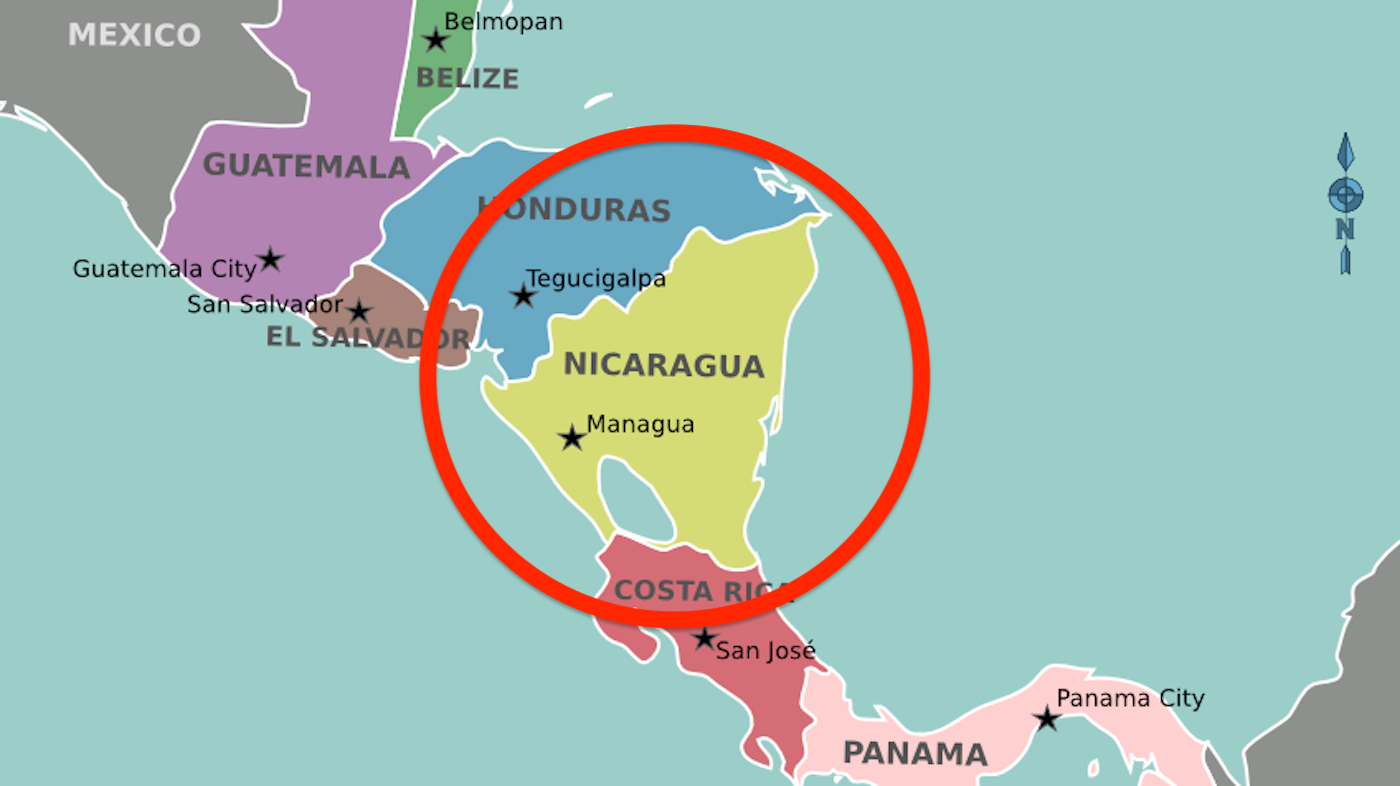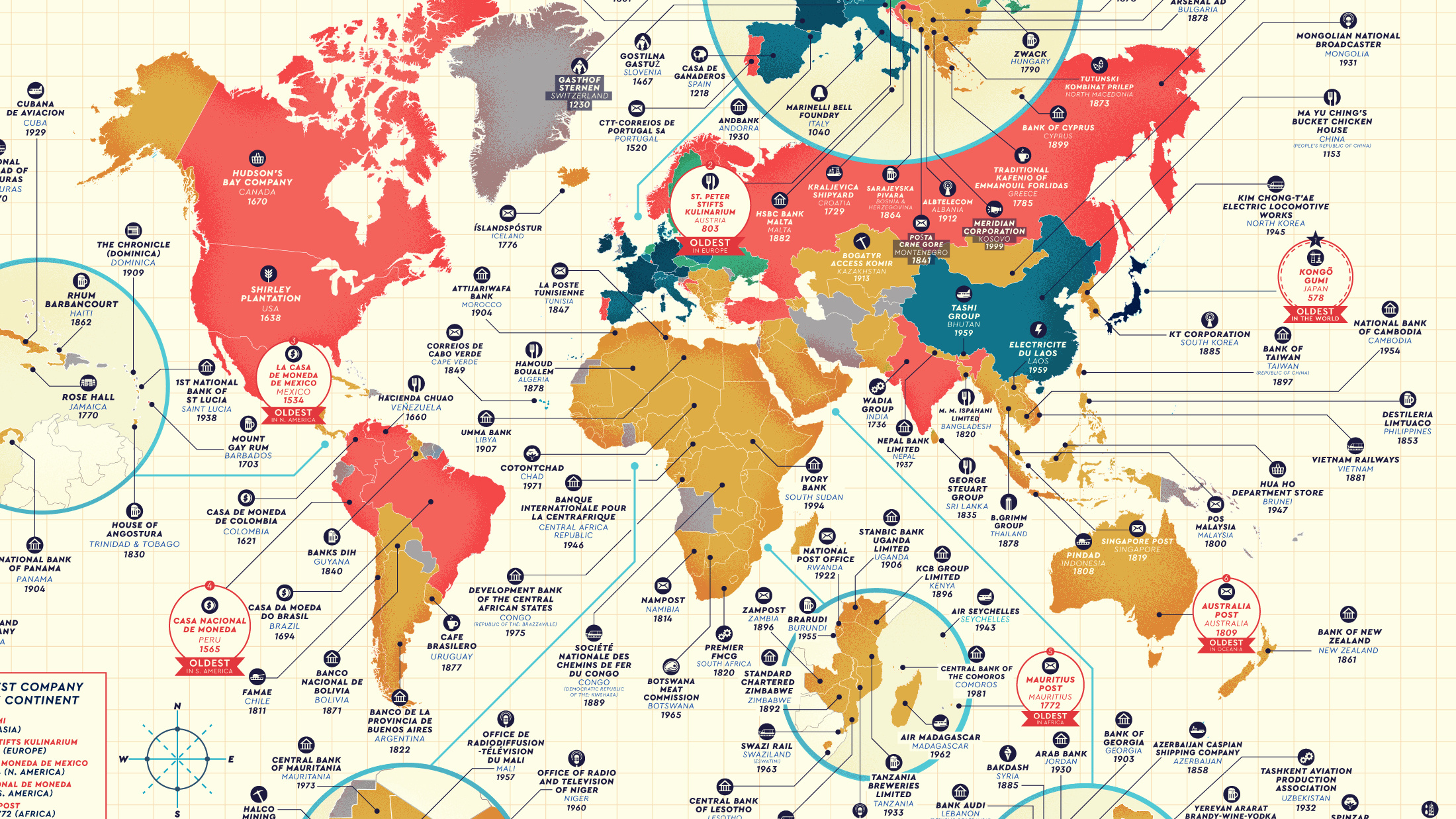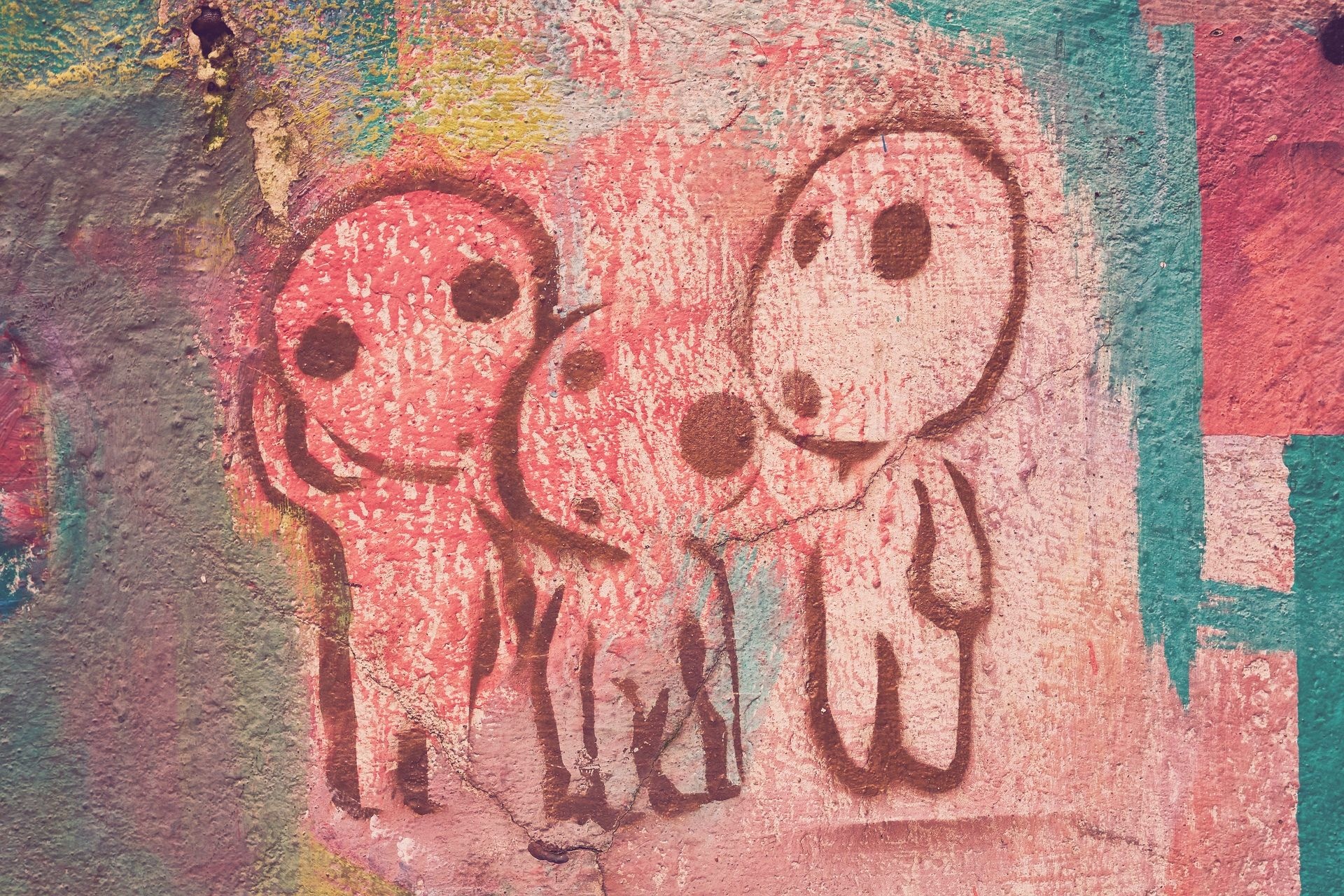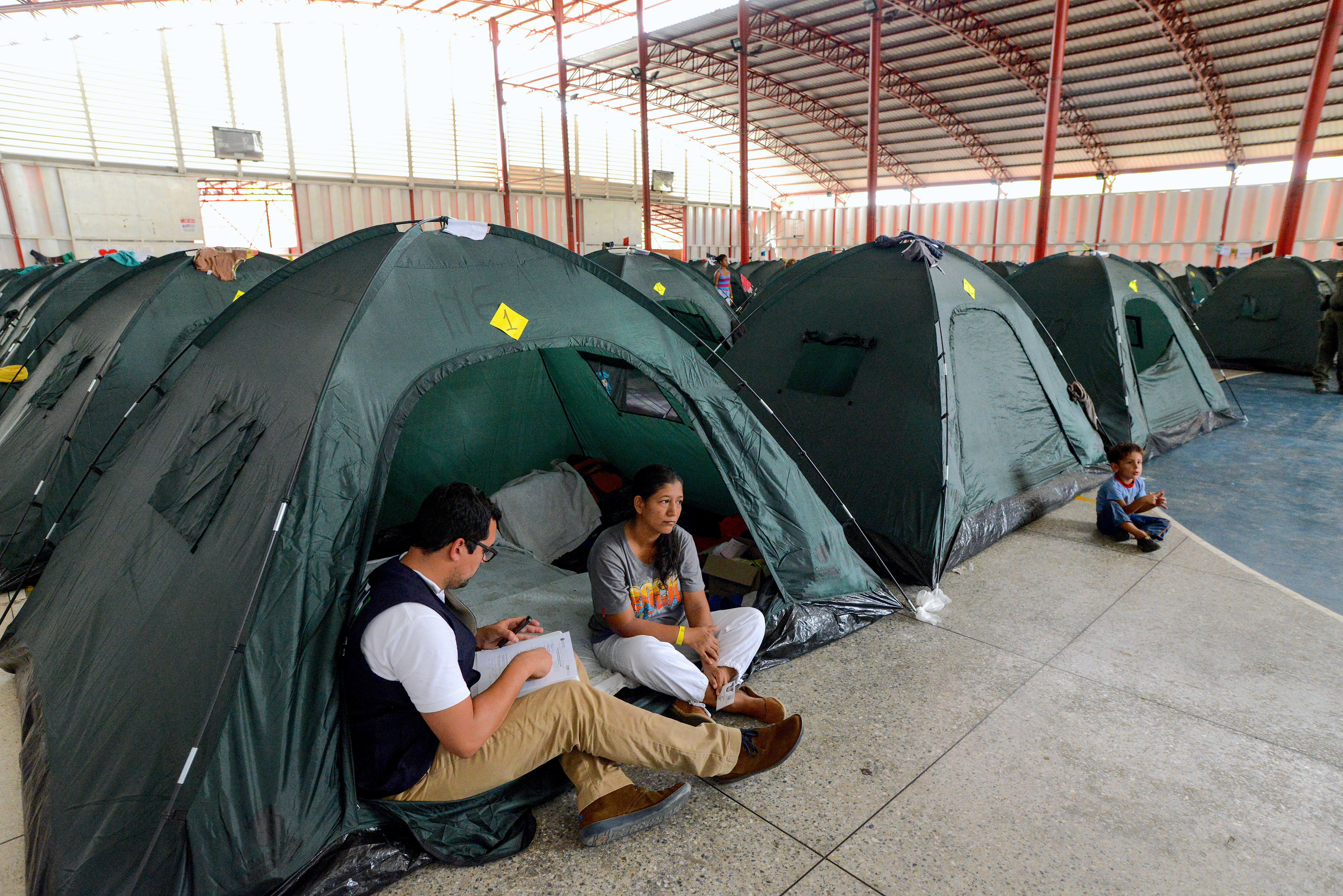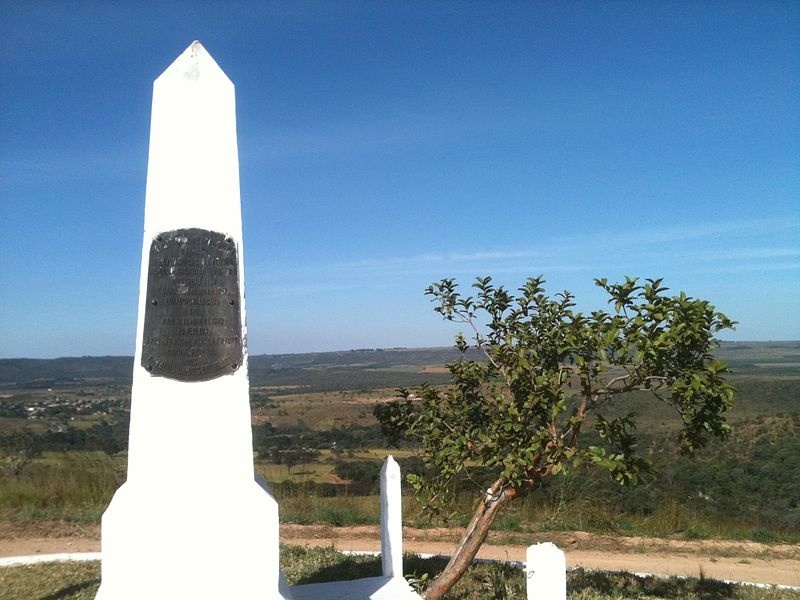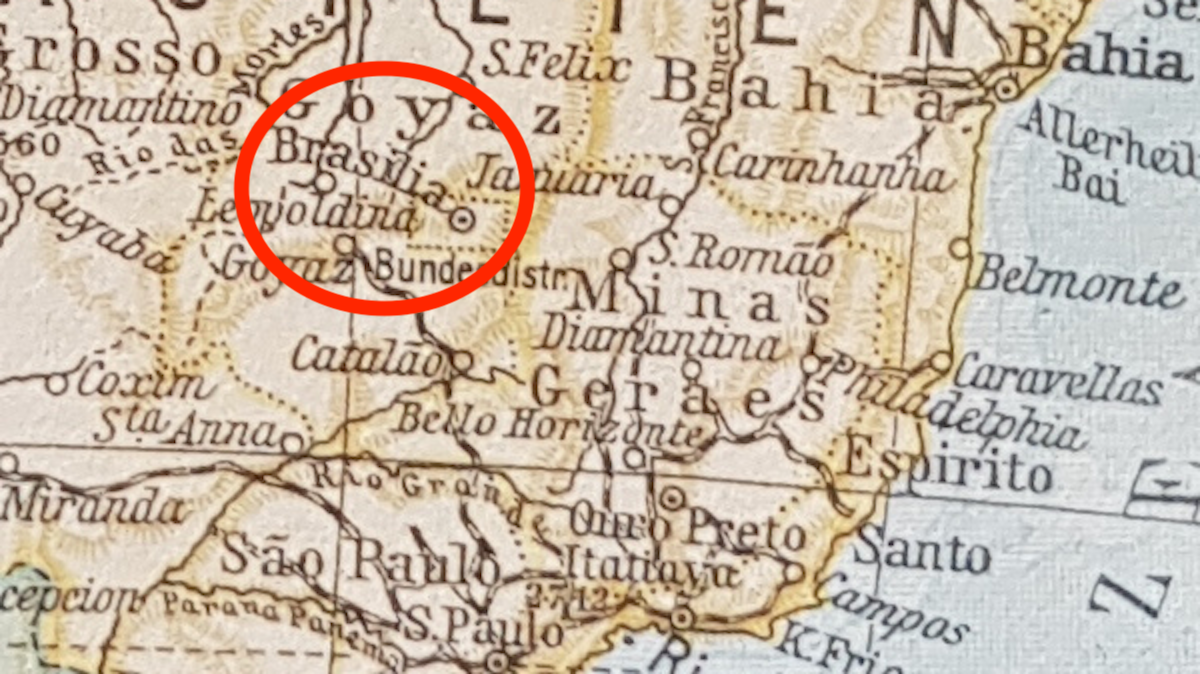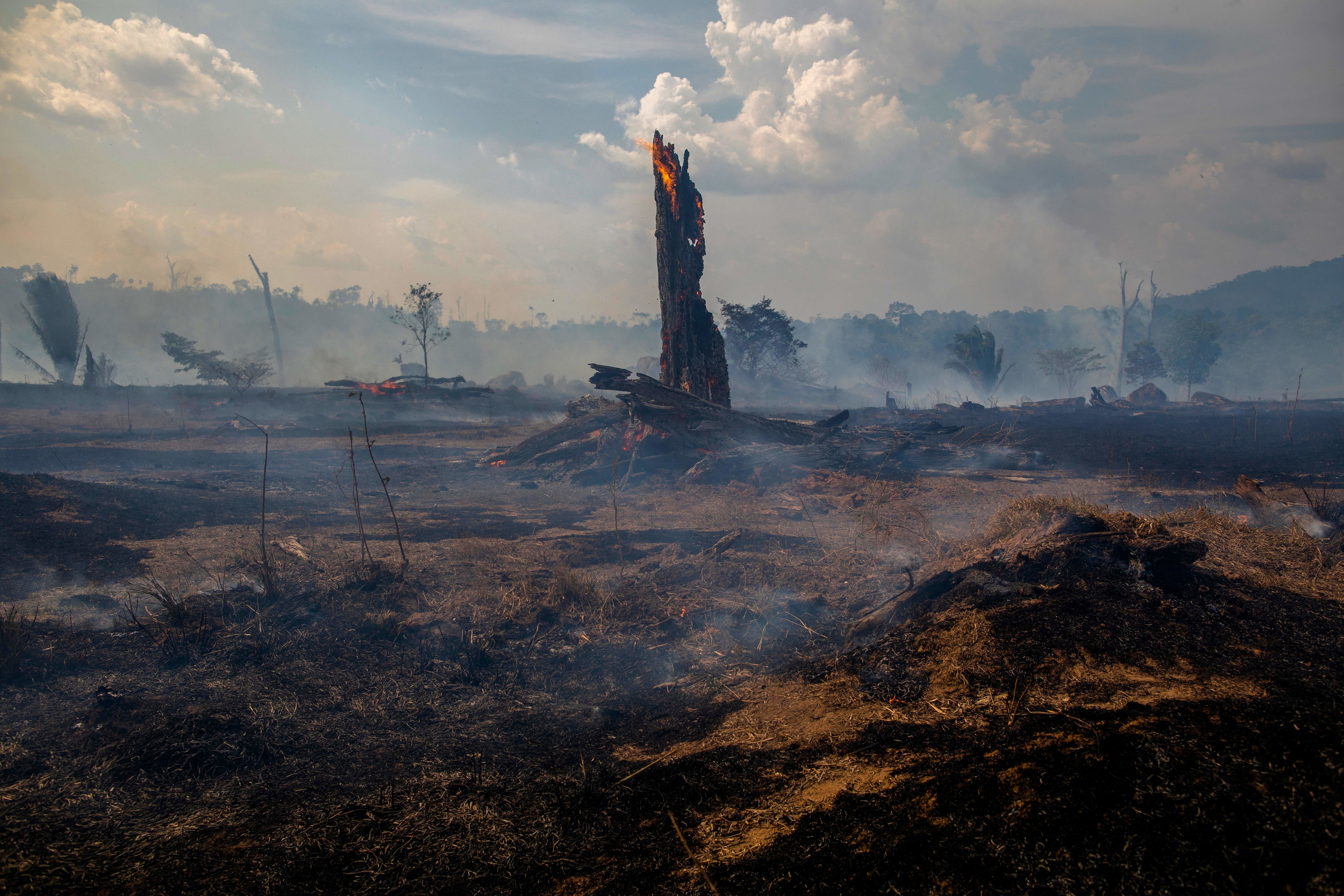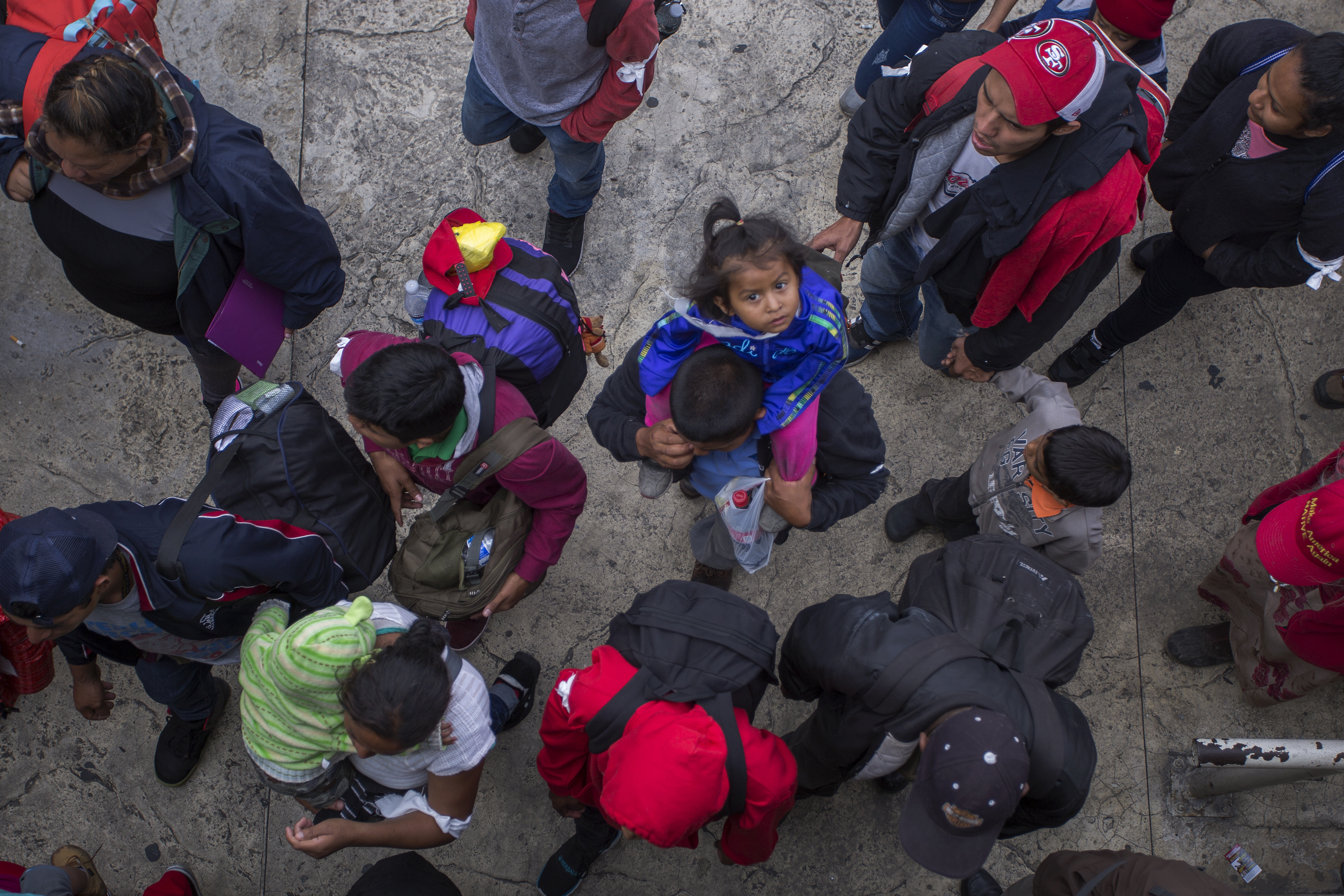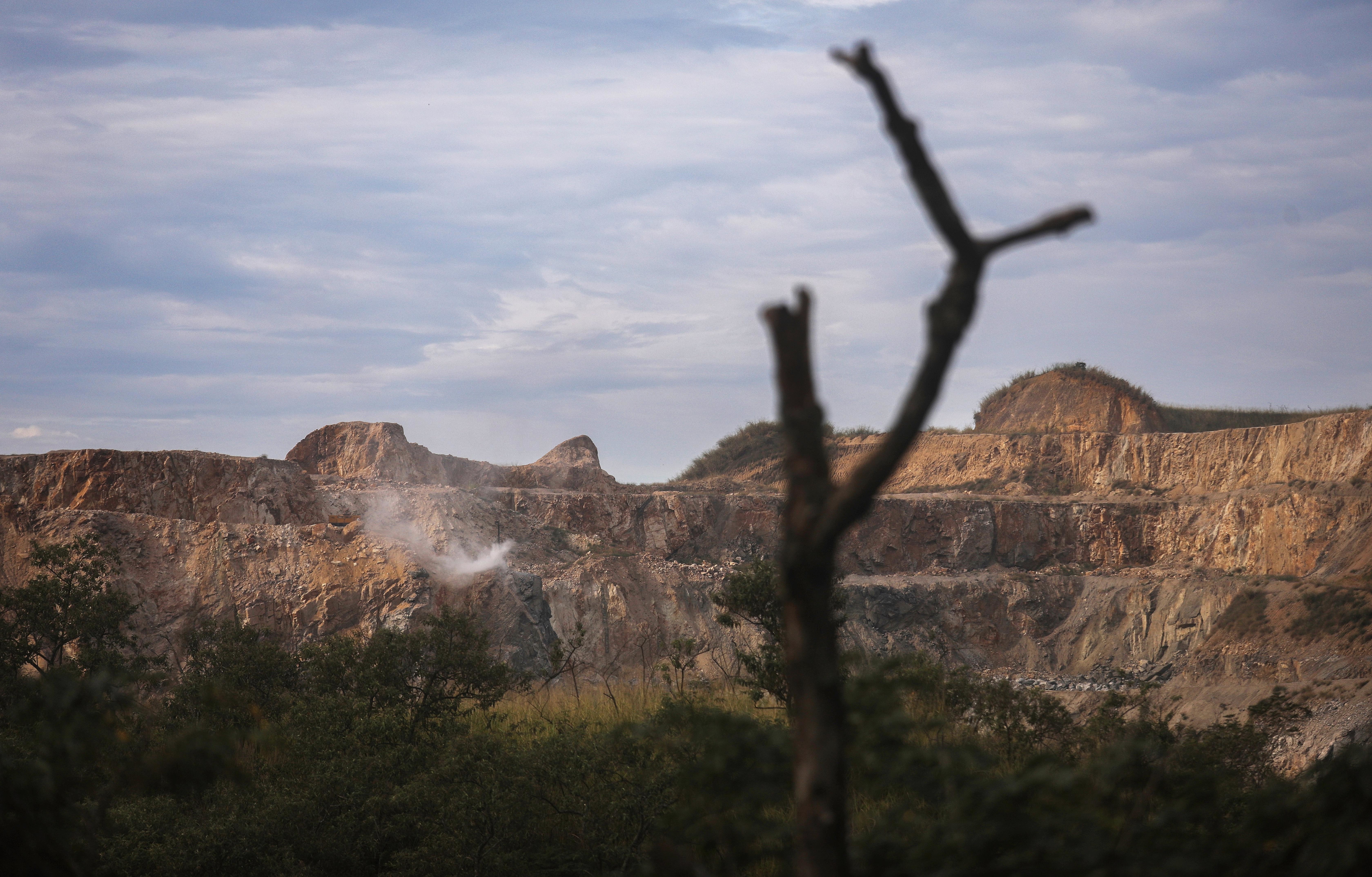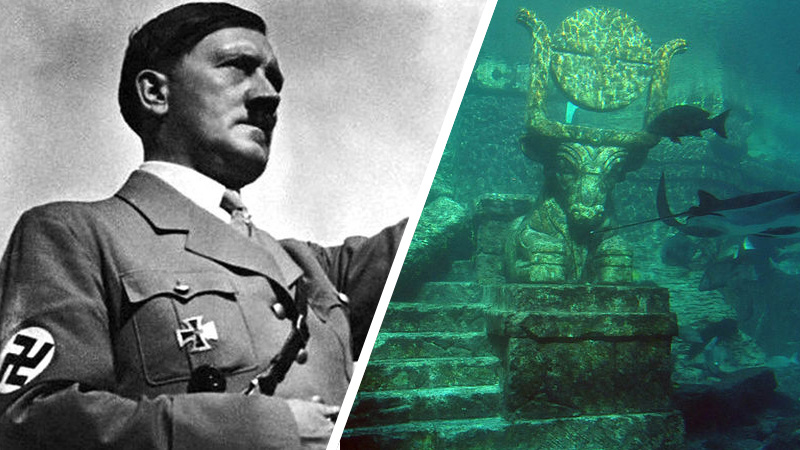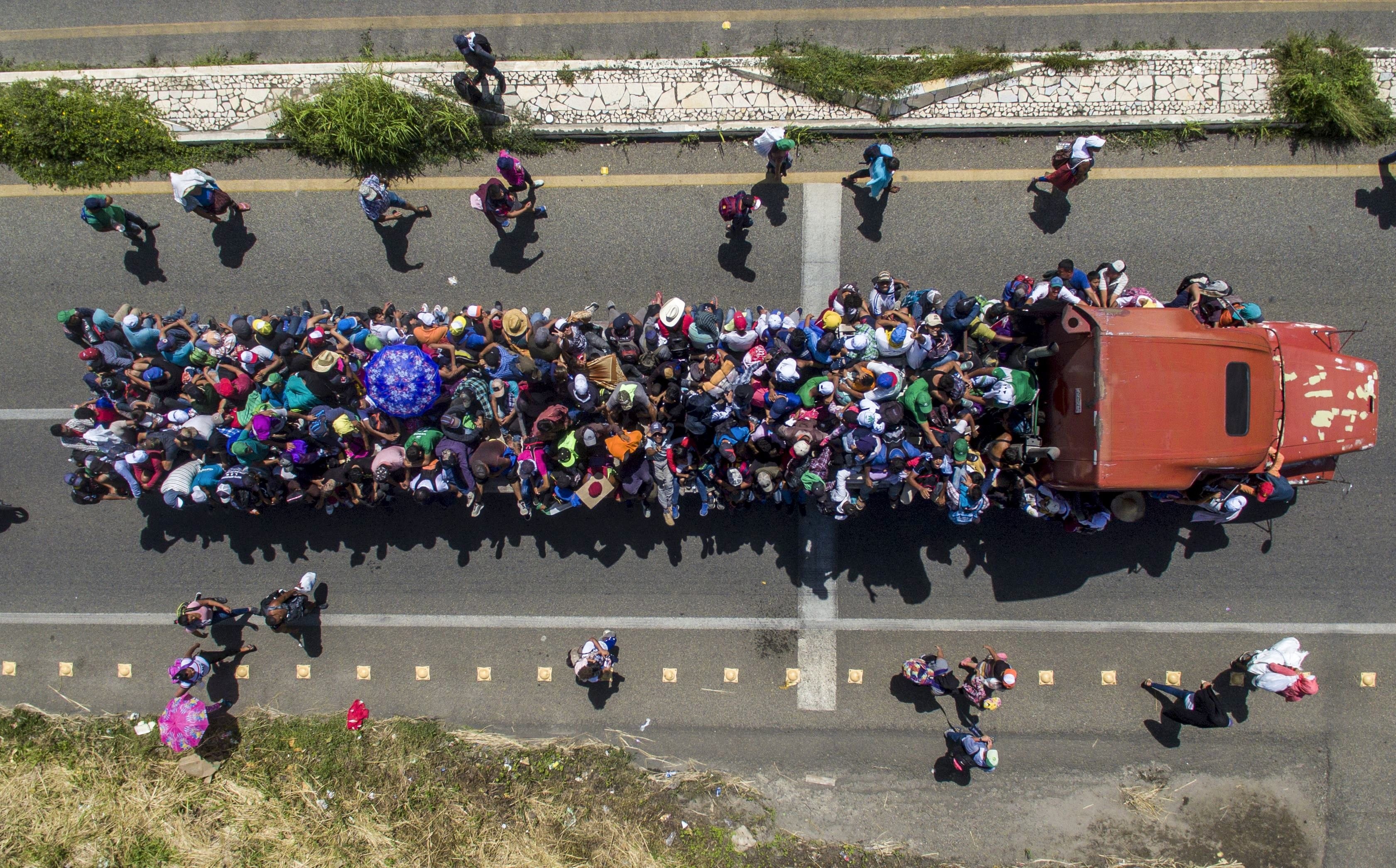south america
A program in Brazil both helped and harmed. What can we learn from it?
In some countries, people want more freedom of speech. In others, they feel that there is too much.
Two new studies shed light on who first inhabited the islands, who replaced them, and how few people lived there.
Underperforming, the U.S. comes in only 157th out of 196 in global triangularity ranking.
Maps show the oldest company in (nearly) every country – and a few interesting corporate trends.
Why do so many people report encounters with seemingly similar entities after taking DMT?
A review of Latin America’s growing crisis.
“Brasilia, the biggest paper town ever.”
Forensic cartography 101: Explain what Brasilia is doing on this map of 1920s South America.
Contrary to popular belief, the Amazon rainforest does not produce 20% of our planet’s oxygen.
The blazes may be the first step in a hellish downward spiral.
Many governments do not report, or misreport, the numbers of refugees who enter their country.
New research suggests that a healthy supply of locally-sourced beer helped maintain the unity of the widespread Wari civilization for about 500 years.
Worryingly, these are not just two random collections of countries, but two blocs with a lot of pre-existing enmity.
“This is a great example of a forest restoration plan which is both good for the people and good for nature,” one researcher said.
The Nazis actively searched for Atlantis, seeing it as important to their mythology.
Officials with the departments of Homeland Security and Defense announced the deployments Monday at a press conference.
